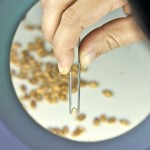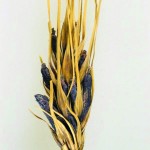Reuters — One Egyptian official’s tough stance on wheat imports carrying a fungus that wreaked havoc in the Middle Ages is baffling global grain traders and putting a spotlight on policy-making disarray in the world’s biggest purchaser of the commodity. Alarm bells began ringing in Egypt when a 63,000-tonne wheat shipment from France arrived in […] Read more








